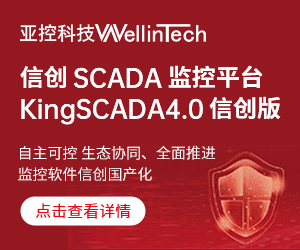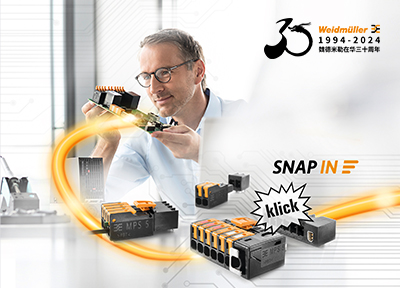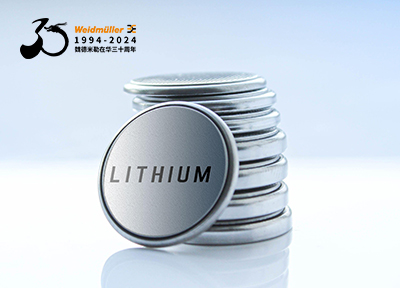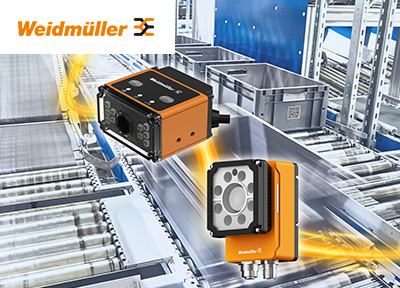With the growing number of wireless instrumentation devices now available控制工程网版权所有, you may have noticed that most of the offerings are toward the less-complex end of the device spectrum, things like temperature and pressure sensors. More complicated things like flowmeters have been slower in coming.
The apparent method in this selection is that vendors are bringing out devices that are relatively inexpensive and have low power consumption, and as such are suitable for battery powering. Suppliers are showing you that these sensors don’t need wires of any kind, neither data nor power. The problem is that the list of field instrumentation technologies suitable for battery powering is pretty short.
Vendors have a very good handle on the power consumption characteristics of device radios. Once you’ve determined the amount of data to be transferred, the update rate frequency控制工程网版权所有, and the amount of repeater trafficwww.cechina.cn, you can calculate the power need very accurately and then lay this out against your various battery options. The killer for a self-contained device is that the sensing technology also has to take power from the same batteries.
Optimizing sensor power
Radios gain their efficiency by sending data in a matter of milliseconds and then going to sleep between transmissions. For maximum battery life控制工程网版权所有, the transducer technology has to match that quick action, but all don’t. Characteristics vary widely, but all don’t snap into action immediately. The transducer and its processor circuitry may need to stabilize after the power goes on before their measurement is final and ready to send. That may only be a few milliseconds as well, but when multiplied over the number of times it has to happen控制工程网版权所有, that can be an eternity relative to the battery life. Con
 用户中心
用户中心
-
 子站
子站 -
 技术
技术 -
 社区
社区
Using 'semi-wireless’ instrumentation
www.cechina.cn2009.11.08阅读 2541
标签:Control,
版权声明:版权归控制工程网所有,转载请注明出处!
图说工控
更多+
燃情自动化——2017北京国际工业智能及自动化…
2017年05月18日
探秘“数字化工厂”
2016年07月18日
迈向工业4.0——西门子引领数字化企业进程
2016年07月18日
"智·变 赢未来",PHIIDF 2016燃情北京!
2016年06月01日ABB自动化世界2016闪耀武汉 展示“物联网+”领先…
2016年05月24日

 在线会议
在线会议 论坛
论坛 专题
专题 工控直播
工控直播 新闻中心
新闻中心 子站
子站 技术
技术 社区
社区



 IDEC HR8S系列新一代安全继电器有奖试用活动
IDEC HR8S系列新一代安全继电器有奖试用活动 2025(第二十一届)年度最佳产品奖有奖投票中
2025(第二十一届)年度最佳产品奖有奖投票中 AVEVA剑维软件食品饮料行业白皮书有奖下载
AVEVA剑维软件食品饮料行业白皮书有奖下载 立即有奖下载TE重载连接器选型指南
立即有奖下载TE重载连接器选型指南 2025(第十四届)全球自动化和制造主题峰会
2025(第十四届)全球自动化和制造主题峰会
























